On May 1, Idaho lifted its stay-at-home order and rolled out a four-stage process for the healthy and safe reopening of the state’s economy. In order to make this possible, it took an enormous lift by university researchers and experts in the early stages of the COVID-19 pandemic to model the disease’s spread and inform predictions for re-opening.
Disease modeling helps policymakers create effective mitigation strategies, as well as identify resource needs to treat patients and protect health care workers on the front line, such as personal protective equipment (PPE), hospital beds, ventilators and more. For a disease moving as rapidly as COVID-19, this meant that collaboration was key.
When the call came in mid-March from the Idaho Department of Health and Welfare to assemble a modeling task force, faculty and students quickly rose to challenge.
Coordinated by Holly Wichman, a University of Idaho distinguished professor and director of the Institute for Modeling Collaboration and Innovation, the task force of about 50 researchers came together from Boise State University, the University of Idaho, Idaho State University, College of Western Idaho, Lewis-Clark State College, Washington State University and the Idaho Department of Health and Welfare.
Over the course of four days, task force experts came together via Zoom and tackled the multiple aspects needed to create models of the pandemic’s spread. The team was able to provide models that empowered government and health officials to put in place measures to guide the stages of Idaho’s rebound safely and efficiently.
“The model gave us the evidence we needed to begin to plan for the reopening of Idaho because it showed the mitigation strategies – avoiding nonessential travel, physical distancing, etc. – were flattening the curve and slowing the spread of COVID-19,” said Idaho Department of Health and Welfare director Dave Jeppesen. “That gave us insight on how to reopen Idaho in a way that slowed the spread of the virus but allowed the economy to recover.”
Interdisciplinary at its finest
Modeling a pandemic, especially one that traversed the globe in two months, was a challenge that needed to be addressed on multiple fronts. Epidemiology, biomolecular and biomedical sciences, computer sciences, economics, statistics, vaccinology and virology were only a few of the disciplines essential to offering viable, actionable strategies to battle the pandemic that statewide has included 2,158 confirmed cases and 67 deaths, as of May 7.
“The more interdisciplinary a team is, the more diverse it is, the more arrows there are in the quiver,” said Eric Jankowski, an assistant professor of material science and engineering at Boise State. “Interdisciplinary teams have more tools to get at a deep understanding of something.”
In addition to Jankowski, team members included:
- College of Arts and Sciences associate professor of physics, Matt Ferguson
- College of Arts and Sciences professor of mathematics, Jodi Mead
- College of Business and Economics assistant professor of legal studies, Jeff Lingwall
- College of Engineering assistant professor of computer science, Edoardo Serra
- College of Engineering assistant research professor of engineering, Richard Elliott
- School of Public Service adjunct and masters student, Terry Wilson II
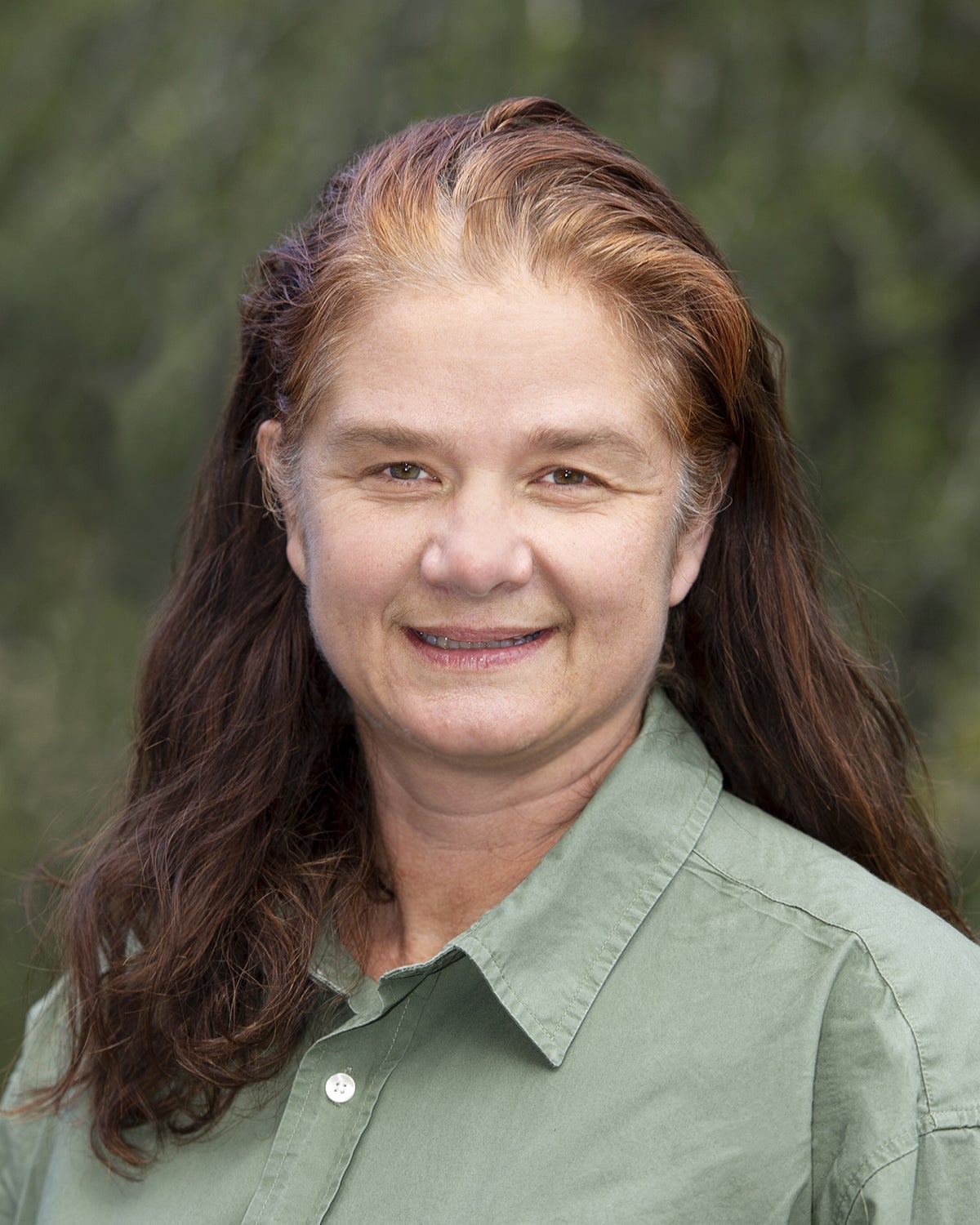
Each member brought their expertise and individual perspectives to the challenge. Via Zoom, experts were grouped to tackle issues specific to their training, such as computer coding, mapping, data collection, demographics studies and much more. Then, multiple models were made to differing levels of granularity and scope. For example, some models focused on population density, whereas others took into account the resources (such as hospital beds and ventilators) across the state.
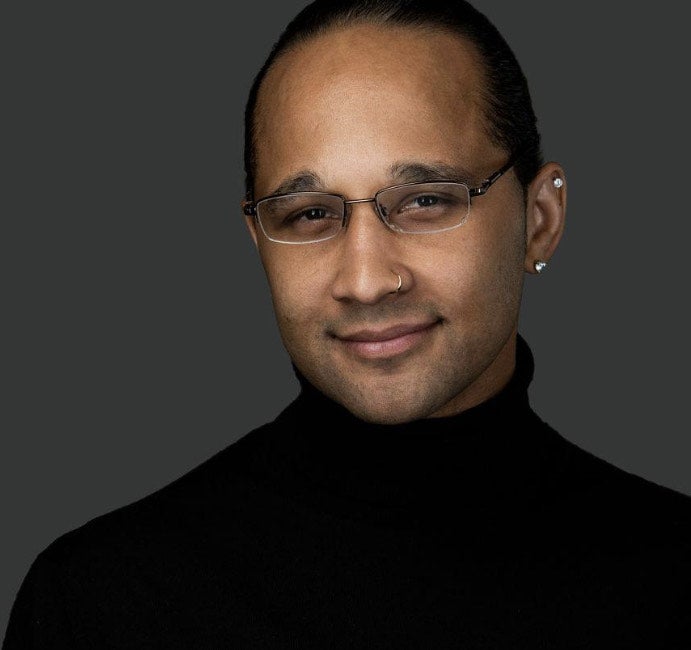
Wilson, the only geographic information systems (GIS) specialist on the task force, used the passion for mapping that he discovered in a Boise State criminal justice course to pinpoint Idaho cases for the model.
“I use mapping to help bridge communication between emergency management, stakeholders, researchers and the general public. Because multiple media organizations were reporting on cases, it was important to project only Idaho lab confirmed cases,” he explained.
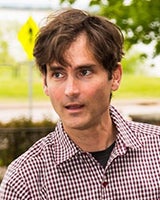
For Elliott, prior experience working with an African non-government organization to model and simulate transmission of malaria gave him unique knowledge of the modeling of vector-borne disease.
“I’m trained as a physicist but have been working in models of infectious disease transmission for about five years,” Elliot said. “I write computer software to understand pathogen transmission dynamics, mostly for vector-borne disease. I’ve continued to use my modeling skillset for this project, and in particular to help inform how interventions may stem the outbreak.”
COVID-19 still is in many ways an unknown, and the ambiguity around its spread is exacerbated by limited testing results. Nevertheless, team members worked with data from the outbreaks in China and Italy, as well as statistics from John Hopkins and the New York Times, to create models that offered Idaho a path forward.
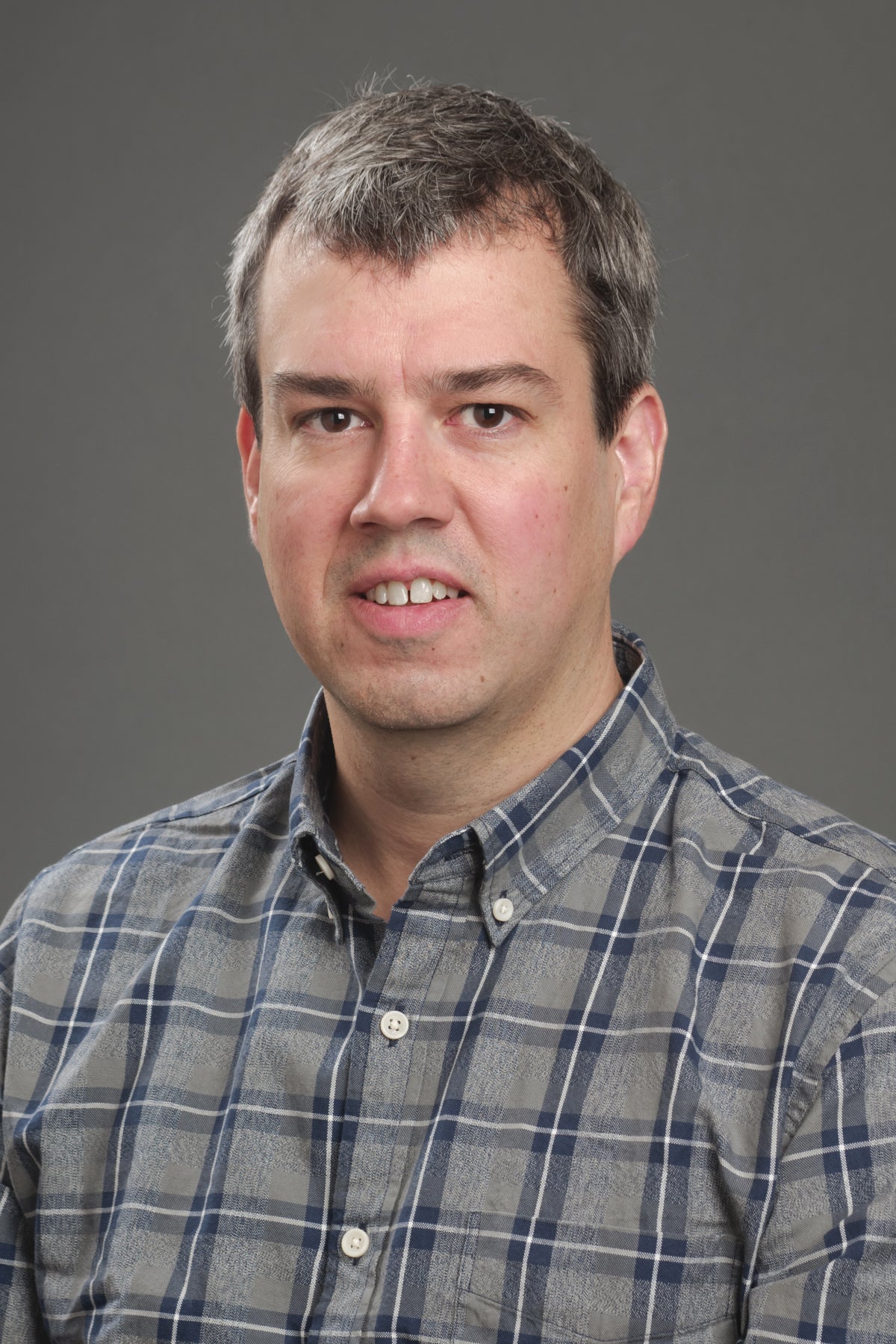
“Before expert modeling groups like the Institute for Health Metrics and Evaluation came out with models, we needed to be able to come up with something fast and useful,” said Ferguson. “In the end we came up with several different kinds of models ranging from very simple to very granular, taking into account populations, demographics and resources in Idaho at the health district and county level.”
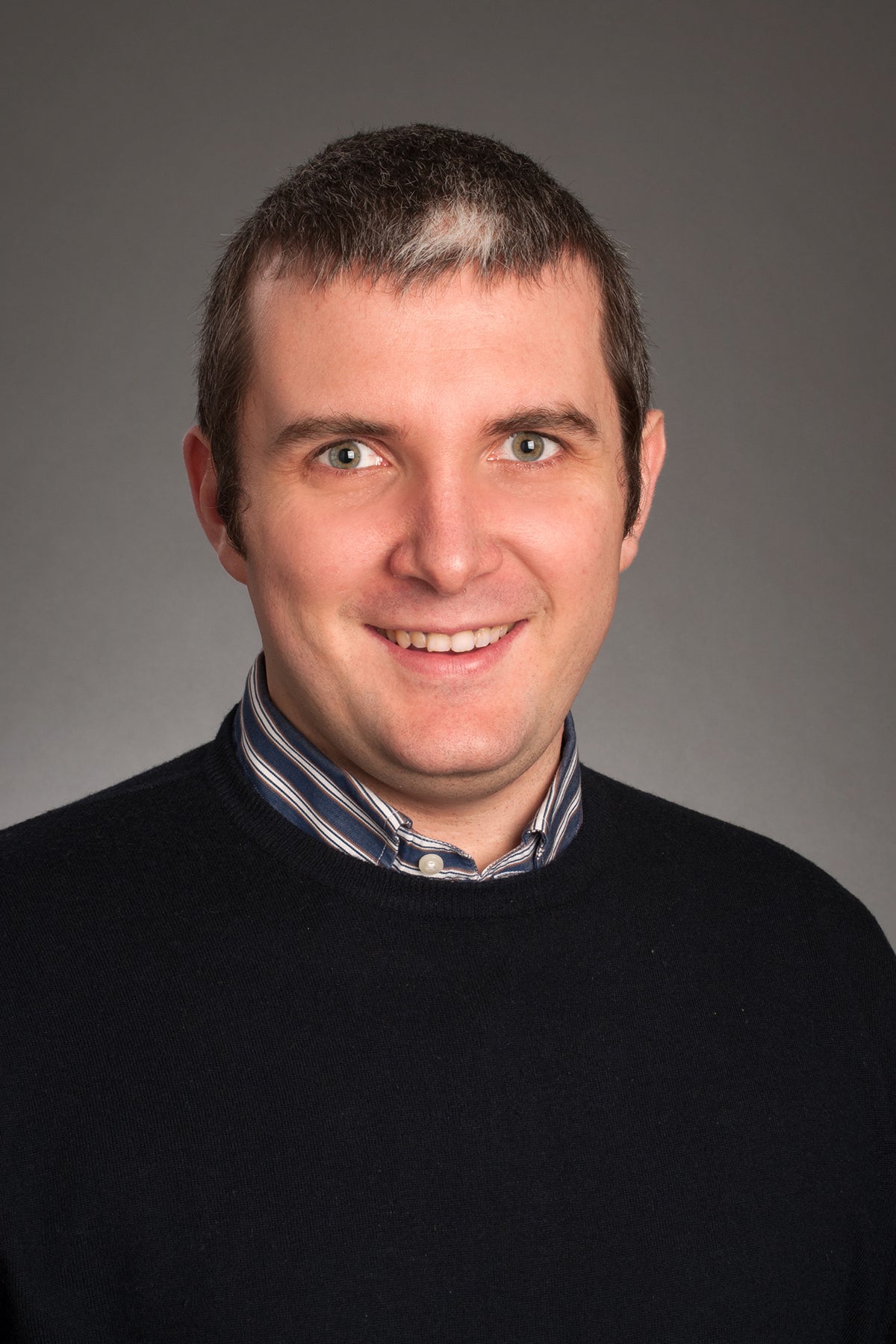
Creating multiple models was especially important because, as Lingwall noted, there is a saying in the modeling community that “all models are wrong, some are useful.” A model functioning as a depiction of a situation is intrinsically not a measure-for-measure comparison of what actually is occurring, simply because there are too many unknowns and factors that complicate even the best models.
Models are an essential tool for informing policies because they allow controlled experiments to be performed that couldn’t have been otherwise. Lingwall said the opportunity to work with similarly passionate colleagues from across the state was “phenomenal.”
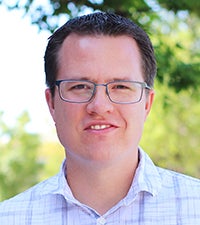
“To produce something useful and professional that quickly – I was very impressed,” said Lingwall. “It was amazing to see really smart people with different disciplines come together and produce work that could help to some degree in a crisis.”
Jankowski also was inspired by the camaraderie and eagerness to serve. He believes that this experience to bring science onto the frontlines will have a very valuable impact on him as an educator, and his students.
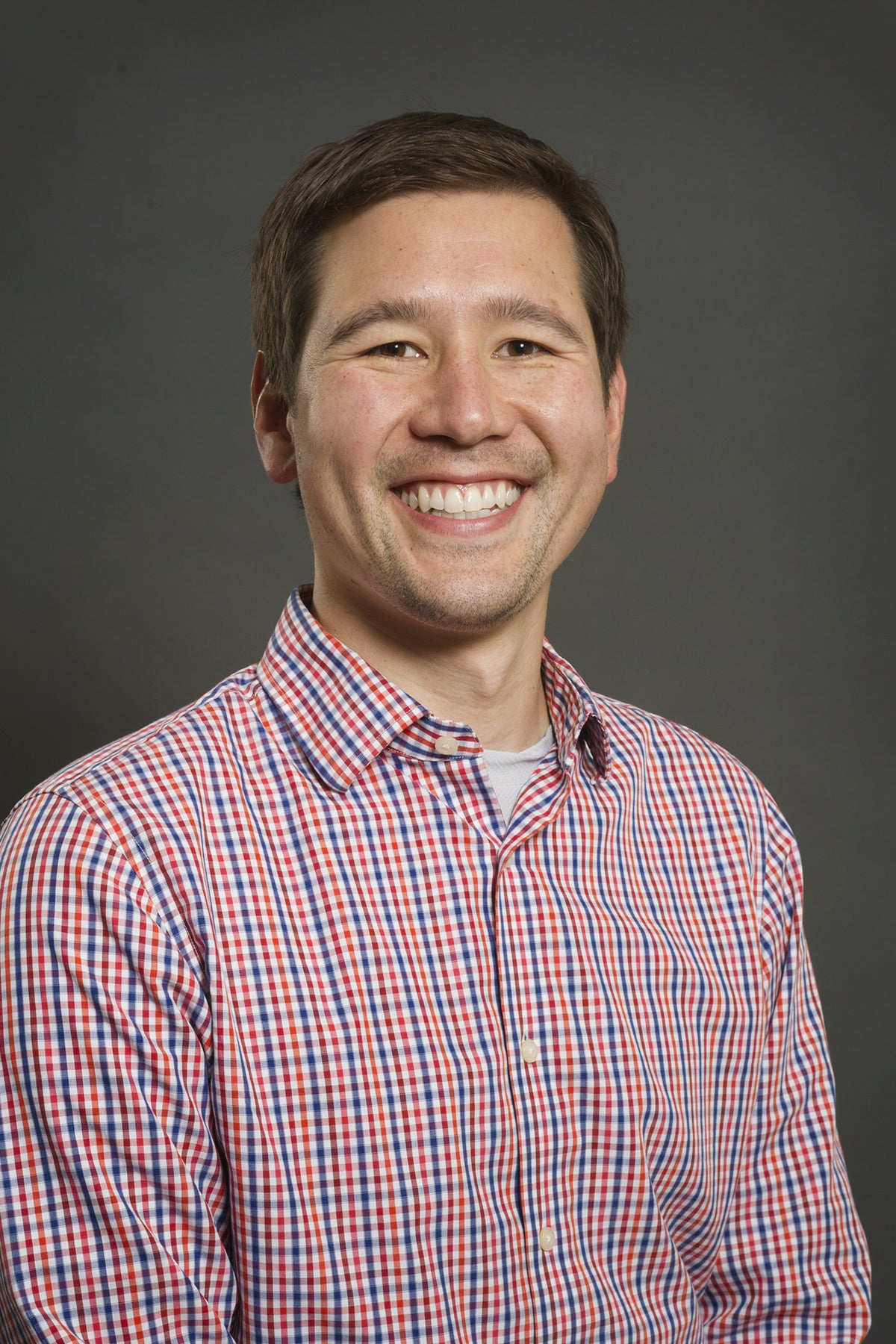
“The idea that scientific software developers can be first responders in an emergency – that’s so affirming,” said Jankowski. “I can turn to my students and say ‘Listen, some day you may be called on in an emergency and knowing how to ‘git commit’ may literally save thousands of lives.’”
– By Brianne Phillips